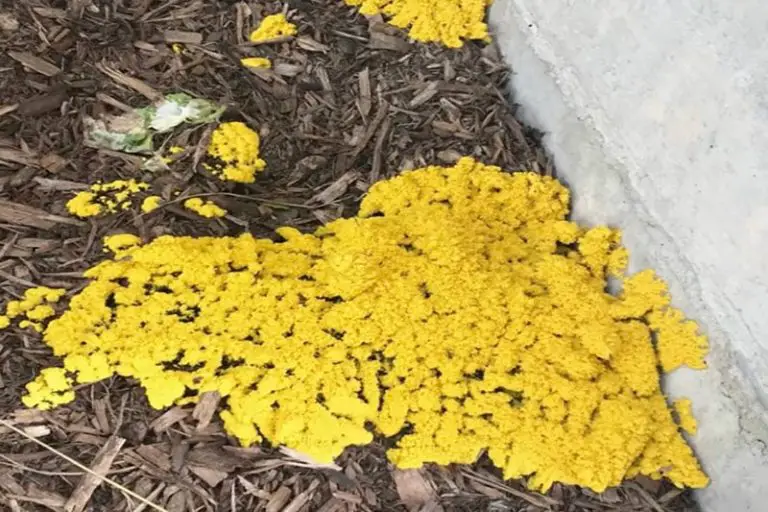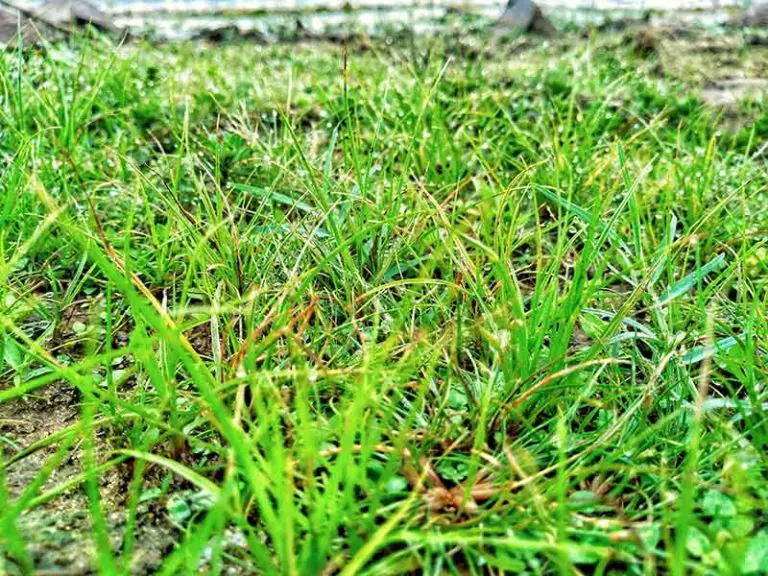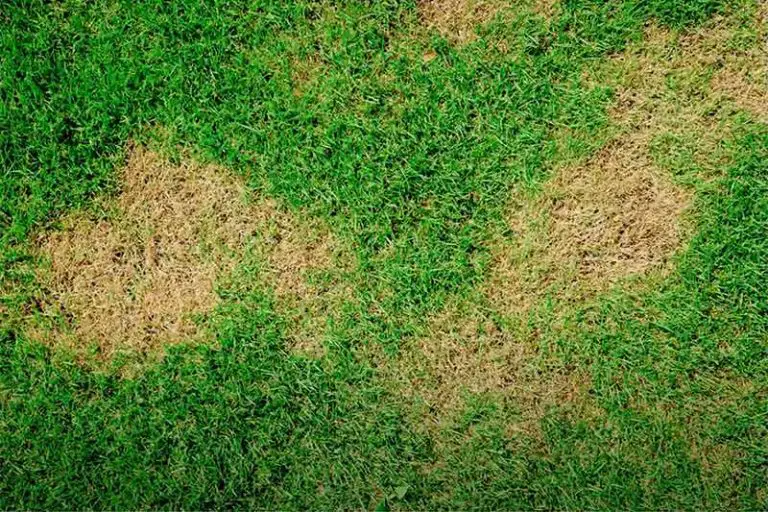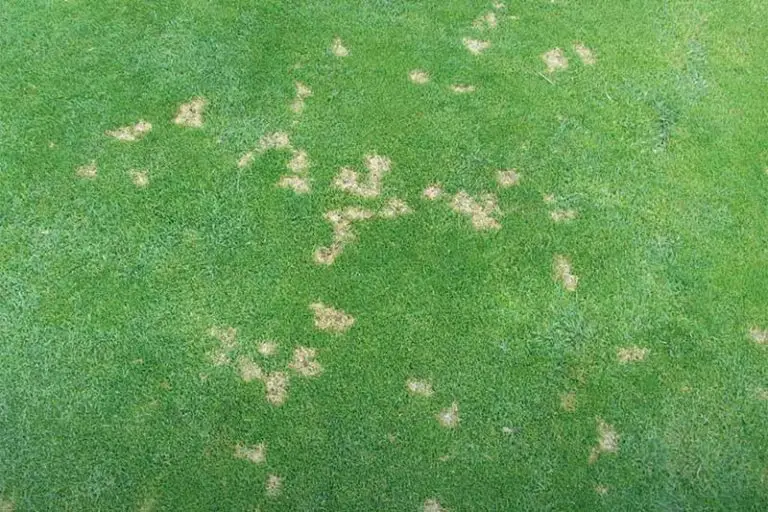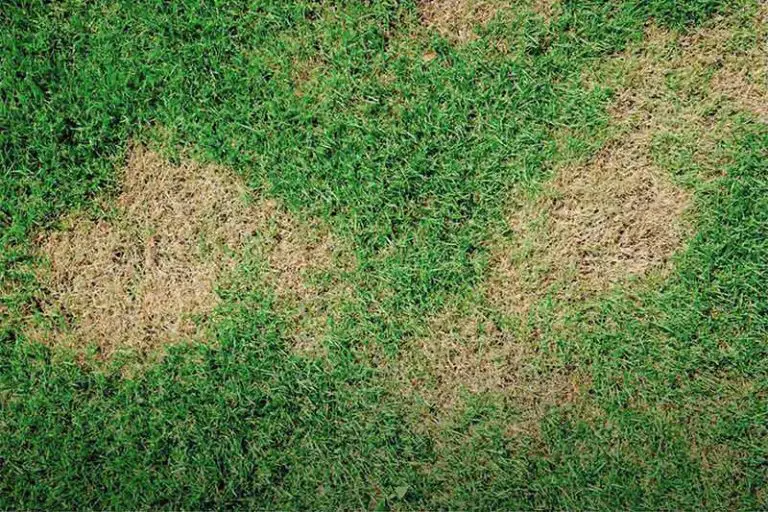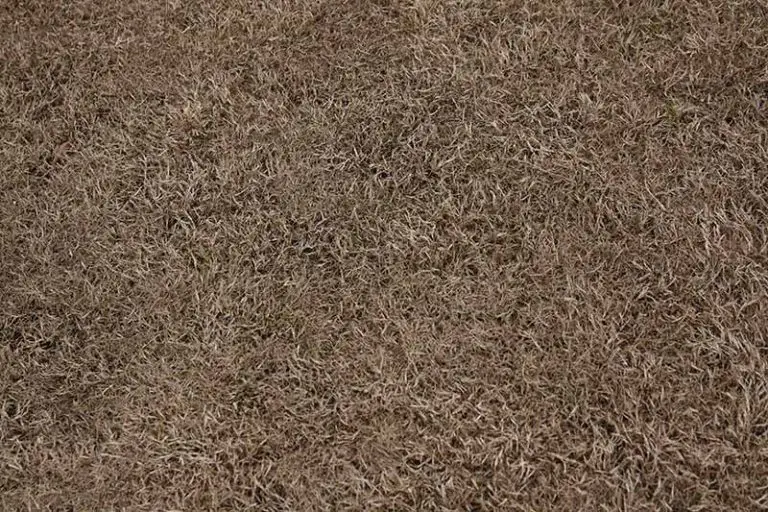How to Get Rid of Lawn Rust
When it comes to gardening, any visible lawn disease can be an unsightly stain on your yard. Understanding what signs to look out for and knowing how to interfere quickly enough should allow you to salvage your lawn quickly and allow it to return back to its normal, healthy self.
Lawn rust is one of the many lawn diseases that leave a physical mark on your lawn. It’s known as lawn rust due to the color that it turns the grass as it spreads around.
What is Lawn Rust?
Lawn rust, sometimes known as grass rust, is a fairly common fungal lawn disease that affects lawns during summer and fall months. It is noticeably the color of rust, consisting of a deep orange or brown color. Usually appearing in August, it can linger around up until winter. It generally doesn’t leave any lasting damaging effect to the lawns that it infects, but it does look unsightly.
Lawn rust (Puccinia sp.) is a type of common fungus that makes its home in your grass. Lending to the fact that it is a fungus, lawn rust often materializes as a powdery substance that can be brushed off grass blades fairly easily. As a result, it spreads easily through the wind and through interactions such as walking through it. As a common affliction, it can thrive in a lot of places, but prefers areas that are shaded, warm, and humid. It is also more likely to survive in nitrogen-rich soil, unlike plenty of other lawn diseases.
What Does Lawn Rust Look Like?
Lawn rust looks like a powdery orange or brown substance that can either simply rest on grass blades, or engulf them fully. As a type of fungus, it is powdery in its structure, and easy to brush off the grass as it isn’t embedded into it. Lawn rust can be walked through and spread to other areas by humans or animals. As a powder, it can also be spread by being blown, providing there is a gust of wind strong enough to dislodge it from the grassblade that it is resting on.
There are different levels of infection when it comes to lawn rust. At its best, lawn rust will manifest itself as a slight discoloration on a patch of grass which can be seen slightly from afar. At its worst, however, lawn rust will engulf entire blades of grass, causing them to point downwards instead of upwards. Whilst lawn rust should not leave any detrimental effects, it can leave your lawn more susceptible to other lawn diseases.
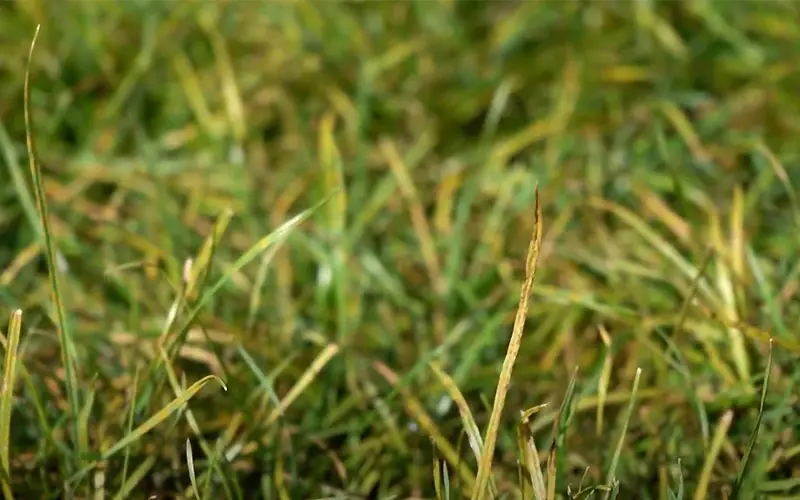
What is the Cause of Lawn Rust?
Lawn rust is caused by a fungus (Puccinia sp.), meaning that the conditions for the fungus to thrive must be correct for it to be able to grow on your lawn. Usually, conditions for the fungus are ideal during August and through to winter, when the atmosphere is warm, humid and provides plenty of shade. Lawn rust is more likely to appear after times that there has been an increase in rain or showers, as fungus grows best in damp, but not wet, conditions.
How to get Rid of Lawn Rust
Once you’ve identified lawn rust in your yard, there are a number of steps you can take in an attempt to remove it. Some of these methods are used to tackle the root cause of lawn rust, whilst others take more direct action against the current infestation. Regardless of how you choose to tackle the problem, using several of these different methods may be beneficial.
Reduce Irrigation
Irrigation systems are a very useful part of any garden. Their ability to water both lawns and plants without you having to lift a watering can makes them one of the most effective ways of keeping your garden looking fresh. That is, however, until fungus comes along and prefers the dampened conditions that are accentuated by the presence of a sprinkler system.
You can begin to take steps to reduce the amount of time spent irrigating your lawn. This means watering the lawn only when necessary, to reduce buildup of damp spots and areas. If you’ve noticed one area near your sprinkler system has suspiciously more lawn rust growing, perhaps there is an issue with the system. Sprinkler system leaks or a damaged or clogged sprinkler head could lead to pooling water in areas around your system. Make sure that your system is maintained and any potential damage is repaired to reduce the risk of fungus or other lawn diseases from occurring.
Fertilize Regularly
Fertilizing your lawn is a habit that is worth getting into, especially if you find it frequently being afflicted by lawn disease. Fertilizing often will keep your lawn looking healthy and fast growing. It’s actually much harder for lawn diseases to take hold of a lawn which grows faster, due to the time it takes diseases to grow and spread. Keeping your soil healthy with fertilizer will have positive effects on your lawn, by helping it grow faster and stronger. Lawn rust will struggle to spread and stay on a lawn that is fast-growing with an improved resistance to lawn diseases.
Mow Your Lawn Regularly
Regular mowing can also help cut back on lawn diseases such as lawn rust. Mowing long grass will reduce shade amongst your lawn, which is a perfect place for fungus to fester and grow. In addition to this, it also allows for more air circulation, reducing humidity. Mowing your lawn can also cut back any infected grass blades, stopping the issue in its tracks. Knowing how often to mow the lawn is often a combination of preference and knowing what works best for your own lawn, but it’s often assessed based on the ideal height of your grass.
Improve Air Circulation
Improved air circulation can prevent humidity and make it harder for fungus such as lawn rust to grow and thrive. As discussed previously, making sure the lawn is mowed at the ideal height that your grass should be at is the first step in improving circulation and lowering humidity. In addition to this, trimming or removing any shrubs or plants that hang over the grass can also improve circulation and allow for more exposure to the sun. You can also opt to aerate your lawn and dethatch it in order to reduce humidity.
Fungus Control and Sprays
The most effective method to remove lawn rust is the method which targets it directly and is designed to kill it. Fungus control can be purchased pre-made from many different retailers and is designed to kill any spores that may be present in the area which it is being applied to. Of course, one must take precautions when using this method, as it can lead to the death of healthy grass if overused.
Nitrogen Fertilizer
Whilst the effectiveness of fertilizer has already been established, it’s worth noting that nitrogen based fertilizer is specifically used to remove lawn rust.
Whilst lawn rust often thrives in nitrogen-rich soil, it can also suffer as a result of it. If fertilized using nitrogen-rich lawn food, grass will grow faster and thicker, which will prevent lawn rust from taking hold or forming.
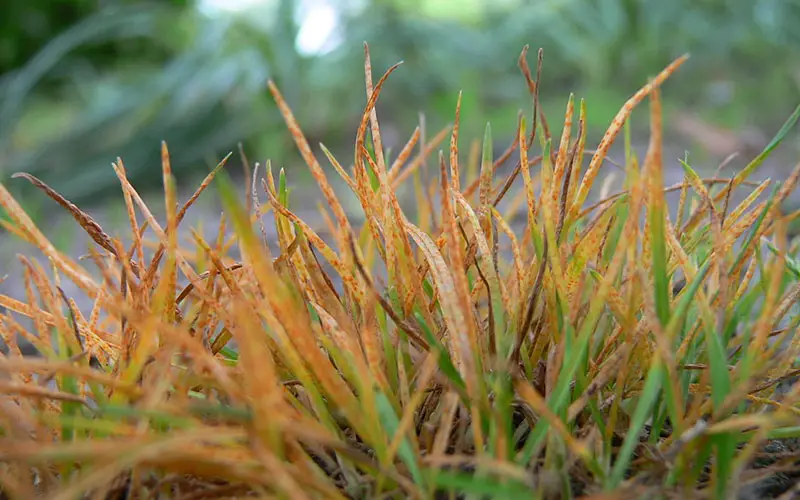
Home Remedies for Lawn Rust
Different home remedies can also be tried to combat lawn rust. These remedies work best alongside some of the other aforementioned tips for reduction.
It’s important to use these remedies in moderation as there is potential for them to damage the lawn further. They are best used as a spot-treatment and only applied to areas which need it.
Dish Soap
Dish soap is a recurring theme when it comes to weed or fungus removal. As a detergent, it works by dehydrating the organisms it comes in contact with, and eventually killing them by drying them up. Dish soap remedies have some negative effects, and can kill grass if exposed for too long. However, if used in moderation and with caution, it can be used responsibly to remove weeds and fungus from your lawn.
To mix a solution for your spot treatment you need the following:
- ¼ Cup of dish soap
- 3 Gallons of warm water
- A spray bottle
Make sure to dilute the dish soap using the warm water to reduce damage to your garden. Use a spray bottle to apply the solution to the areas which need attention. This should only be repeated once a week if unsuccessful the first time. Stop use immediately if the grass begins to die.
Beer
Some people insist that this method works best for them when it comes to home made remedies for lawn rust. This method uses a few more ingredients, but is claimed to do the same job as the previous method.
To mix a solution for your spot treatment you need the following:
- 1 Cup of epsom salts
- 1 Gallon of warm water
- 12oz Cola
- 12oz Beer
- 1 Cup of household ammonia
- A spray bottle
In order to mix these ingredients, do the following:
- Mix the epsom salts in with the gallon of warm water until dissolved
- Stir in the 12oz cola, 12oz beer and cup of ammonia
- Transfer to a spray bottle
This formula should also only be applied as a spot treatment, as to not endanger any succounding grass or plants. This method can also be repeated weekly, but should be stopped immediately if the grass begins to die.
How to Prevent Lawn Rust
Preventing lawn rust can be done by taking care of your lawn by using some of the removal methods discussed earlier. Some of the aforementioned removal methods also work to prevent lawn rust from forming, by ensuring the air circulation is adequate, the lawn is aerated, and that humidity and dampness is low.
Lawn rust can very easily invade gardens through transfer from shoes, pets or simply through the wind. Whilst you may not be able to prevent it from arriving in your yard, you can easily stop it from spreading or becoming an eyesore by taking some steps to make your lawn inhospitable to it, such as fertilizing using nitrogen-rich soil and by mowing the lawn frequently.
You can also take extra steps when mowing your lawn to prevent lawn rust. As the fungus stays mostly on the blades of grass, you can reduce the amount of potential spores by bagging the clippings immediately or as you go whilst mowing the lawn. Make sure none of these clippings end up inside your compost pile, as it could potentially lead to future issues.
Final Thoughts
Knowing what lawn rust is and how it thrives is the key to figuring out how to remove it. Once you’ve identified your lawn’s discoloration to be lawn rust, you can begin to take reasonable steps to remove it and prevent it from recurring. These methods may include double-checking your irrigation system, aerating your lawn, making sure the grass is regularly mowed and/or using fungus control to remove the spores from their source.
Whilst lawn rust doesn’t do much damage to your lawn, it is still an unwelcome visitor and is best removed before it blights your garden.

